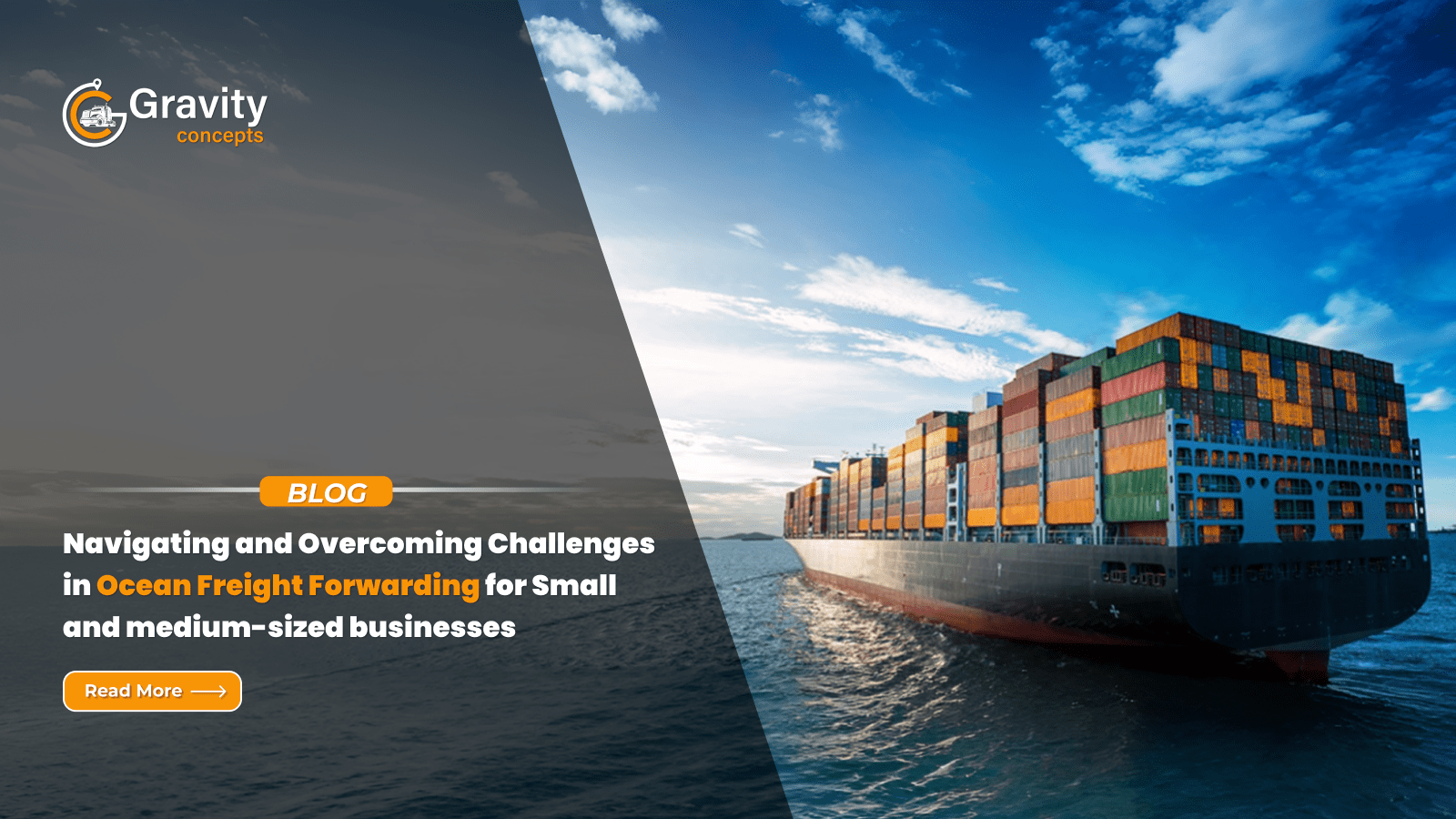
Navigating and Overcoming Challenges in Ocean Freight Forwarding for Small and medium-sized businesses
In today’s interconnected world, ocean freight shipping remains one of the most cost-effective and reliable methods for transporting goods across international borders. Small and medium-sized businesses (SMBs) rely on ocean freight logistics to move products efficiently while managing costs. However, navigating the complexities of ocean freight forwarding can be challenging. From fluctuating costs to regulatory compliance, businesses must address several obstacles to ensure smooth shipping operations. In this article, we’ll explore the common challenges in ocean freight forwarding and provide actionable solutions to overcome them.
The Benefits of Ocean Freight Services
Before diving into the challenges, it’s essential to understand why ocean freight shipping is a preferred choice for SMBs:
- Cost-Effectiveness: Compared to air freight, ocean freight services offer significantly lower transportation costs, making them ideal for businesses shipping large volumes.
- Capacity for Bulk Shipments: Ocean freight logistics allow companies to transport heavy and oversized cargo, which is not always feasible with air freight.
- Environmental Sustainability: Ocean shipping has a lower carbon footprint than air freight, making it a more eco-friendly choice.
- Global Reach: With well-established shipping routes, businesses can reach international markets efficiently.
When to opt for ocean freight instead of other shipping methods.
While ocean freight forwarding offers many advantages, it is best suited for specific shipping needs:
- When cost is a primary factor, and speed is less critical.
- For bulky, heavy, or non-urgent cargo.
- When shipping goods over long distances where air freight costs are prohibitive.
- When a business needs to minimize its carbon footprint.
Common Challenges in Ocean Freight Forwarding and Solutions
1. Fluctuating Freight Costs
Shipping rates in ocean freight logistics are influenced by fuel prices, port congestion, and seasonal demand, making it difficult for SMBs to predict costs accurately.
Solution: Partner with an experienced ocean freight forwarder who can provide cost projections and negotiate better rates. Consider long-term contracts with carriers to lock in stable rates and use digital freight platforms to compare pricing.
2. Customs and Regulatory Compliance
International shipping involves navigating complex customs regulations, tariffs, and documentation requirements that vary by country.
Solution: Work with a knowledgeable ocean freight forwarder who stays updated on international trade laws. Ensure all required documents, such as the Bill of Lading, commercial invoices, and packing lists, are accurately prepared to avoid customs delays.
3. Port Congestion and Delays
High traffic at major ports can lead to delays, causing disruptions in supply chain schedules.
Solution: Choose alternative ports with lower congestion and work with an ocean freight logistics provider who can reroute shipments when necessary. Advanced planning and booking shipments early can also help mitigate delays.
4. Container Availability Issues
A shortage of containers, especially during peak shipping seasons, can delay shipments and increase costs.
Solution: Book shipments well in advance and maintain close communication with freight providers. Consider using alternative container sizes or shared container services (Less than Container Load – LCL) to increase flexibility.
5. Cargo Damage and Loss
Improper handling, poor packaging, and rough seas can lead to cargo damage, resulting in financial losses.
Solution: Use high-quality packaging materials and secure cargo properly to withstand rough conditions. Opt for cargo insurance to cover potential damages and choose a reputable ocean freight services provider with a strong track record in safe transportation.
6. Lack of Visibility and Tracking
Many businesses struggle with real-time visibility of their shipments, leading to uncertainty and difficulties in planning.
Solution: Use digital tracking solutions and work with an ocean freight forwarding provider that offers end-to-end shipment visibility. Investing in freight management software can also improve tracking and logistics efficiency.
7. Environmental and Sustainability Regulations
Governments and global organizations are imposing stricter environmental regulations on ocean freight logistics, affecting shipping costs and operations.
Solution: Stay informed about regulatory changes and work with ocean freight forwarders who comply with eco-friendly shipping practices. Consider choosing carriers that use low-emission fuels and sustainable logistics solutions.
Final Thoughts
Ocean freight forwarding is a crucial component of global trade, offering cost-effective shipping solutions for small and medium-sized businesses. However, challenges such as fluctuating costs, customs regulations, and port congestion can impact shipping efficiency. By partnering with a reliable ocean freight services provider, leveraging technology for better tracking, and proactively planning shipments, businesses can overcome these obstacles and optimize their global supply chain.
For SMBs looking to expand their international reach while keeping logistics costs under control, understanding and addressing these challenges in ocean freight shipping is essential for long-term success.



